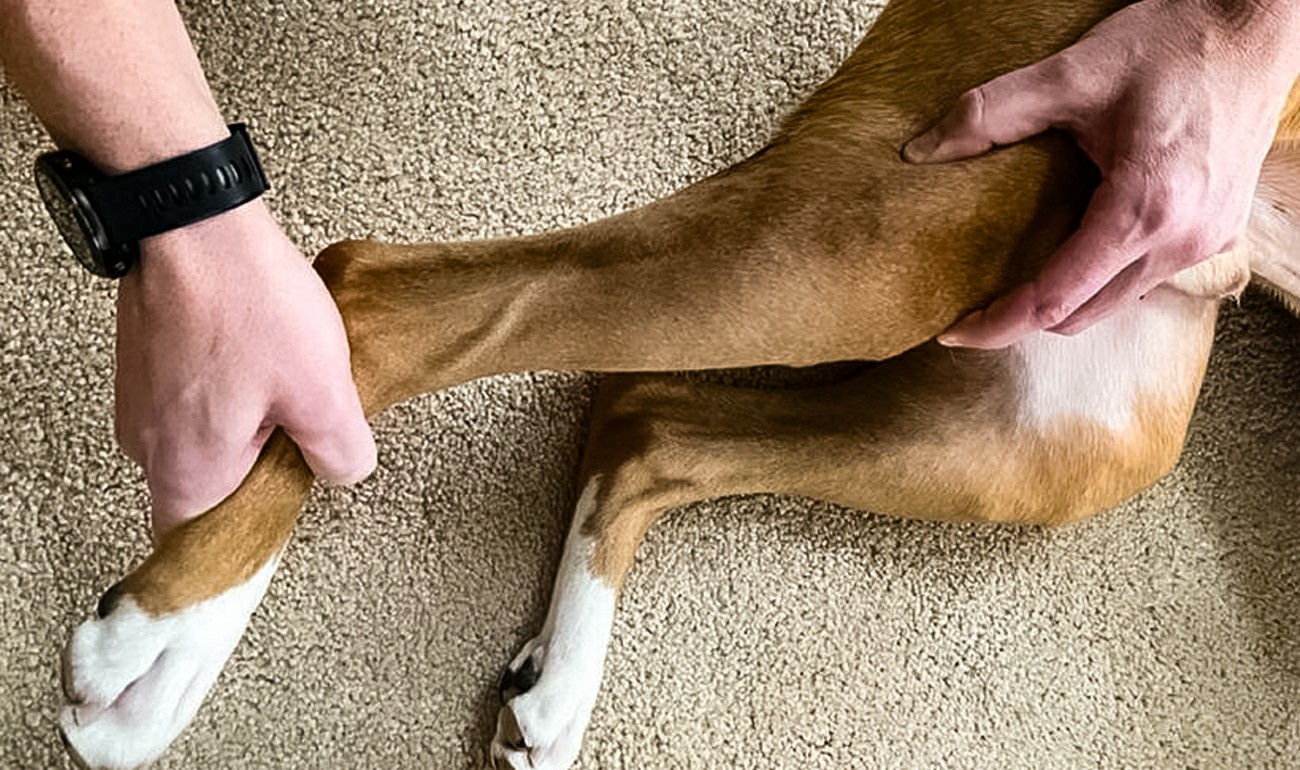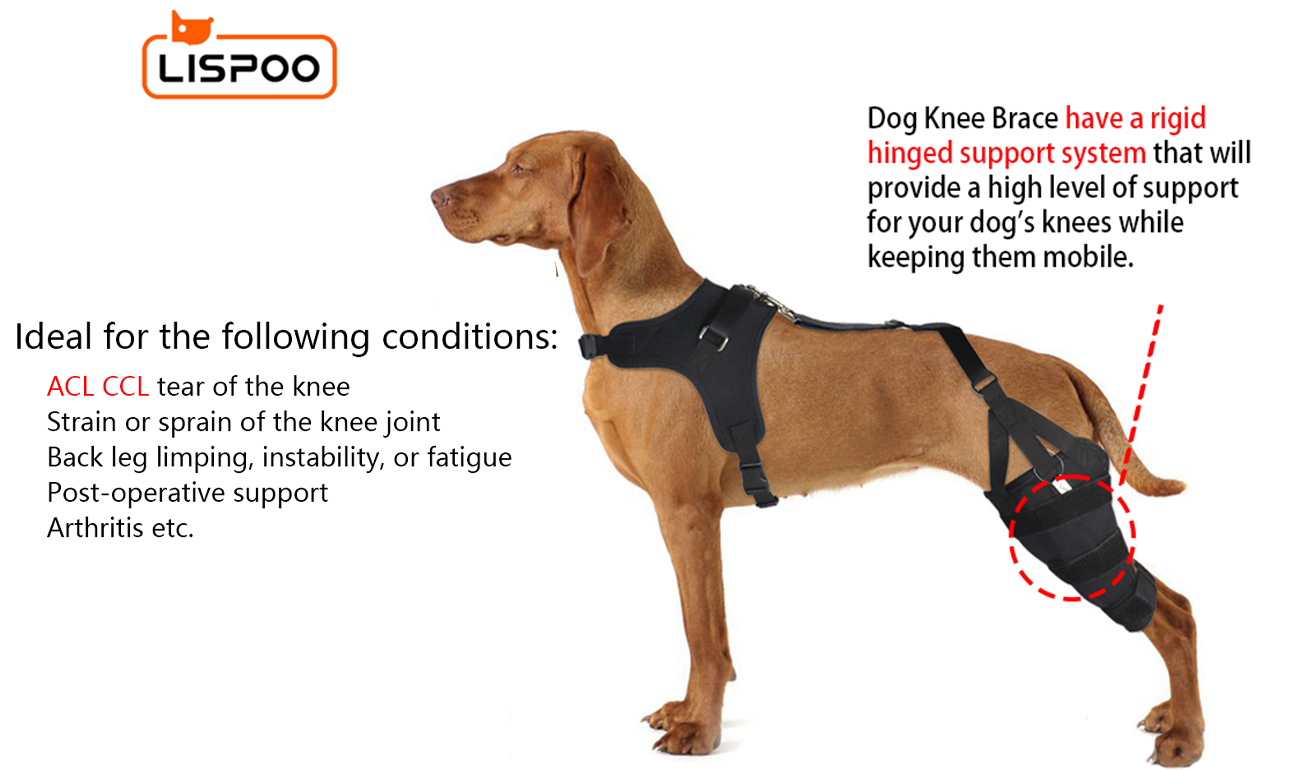What is the Most Common Knee Injury in Dogs?
When it comes to our beloved furry companions, their health and well-being are of utmost importance. Just like humans, dogs can experience various injuries, and one of the most common areas affected is the knee joint.
In this article, we will delve into the most common knee injury in dogs, providing insights into its causes, symptoms, and treatment options. Additionally, we will explore the potential benefits of using knee braces for dogs in aiding their recovery and improving their overall mobility and quality of life.

Understanding the Most Common Knee Injury in Dogs
The most common knee injury in dogs is the cranial cruciate ligament (CCL) rupture, also known as the anterior cruciate ligament (ACL) tear in humans. The CCL is responsible for stabilizing the knee joint, preventing excessive forward movement of the tibia (shinbone) relative to the femur (thighbone). When the ligament is torn or ruptured, it results in knee instability and lameness, causing significant discomfort to the dog.
Causes and Symptoms
CCL ruptures can occur due to various factors, including sudden trauma or repetitive stress on the knee joint. Certain dog breeds, such as Labradors, Boxers, and Rottweilers, are more prone to this injury. The symptoms of a CCL rupture include limping, difficulty bearing weight on the affected leg, swelling around the knee joint, and reluctance to engage in physical activities.
Treatment Options
Upon suspecting a CCL rupture, it is crucial to consult a veterinarian who will conduct a thorough examination and may recommend additional tests such as X-rays or joint fluid analysis. Depending on the severity of the injury, treatment options can vary. Conservative management, which includes rest, restricted activity, pain medication, and physical therapy, may be suitable for mild cases. However, for more severe cases, surgical intervention is often necessary. Surgical procedures like the extracapsular repair, tibial plateau leveling osteotomy (TPLO), and the tibial tuberosity advancement (TTA) can help stabilize the knee joint and facilitate healing.
The Role of Knee Brace for Dogs
In recent years, knee braces for dogs have gained popularity as an adjunctive treatment for CCL injuries. These braces are designed to provide support, stability, and protection to the affected knee joint. They can help alleviate pain, reduce swelling, and prevent further damage to the ligament during the healing process. Additionally, knee braces can improve a dog's mobility and allow them to engage in controlled physical activity, promoting faster recovery.
Benefits of Using Knee Brace for Dogs
Knee braces offer several benefits for dogs recovering from CCL injuries. First and foremost, they provide support to the weakened joint, reducing the risk of further damage and promoting proper alignment. By stabilizing the knee, braces can minimize lameness and alleviate pain, leading to increased comfort for the dog. Moreover, knee braces can help prevent muscle atrophy and maintain muscle strength, which is crucial for the overall rehabilitation process.
Additionally, knee braces can serve as a non-invasive alternative to surgery in certain cases, especially for older dogs or those with underlying health conditions that make surgery risky. They can also be used pre- and post-surgery to support the joint and aid in recovery. Furthermore, knee braces can be used as a preventive measure for dogs at risk of developing CCL injuries, especially in breeds with a higher susceptibility.
Conclusion
CCL ruptures are the most common knee injuries in dogs, causing pain, discomfort, and decreased mobility. While treatment options vary depending on the severity, knee braces for dogs have emerged as a valuable tool in aiding the recovery process. With their ability to provide support, stability, and protection to the affected knee joint, knee braces can play a vital role in reducing pain, promoting healing, and improving overall mobility. If you suspect your dog may have a knee injury, consult a veterinarian for a proper diagnosis and guidance on the most suitable treatment, which may include the use of a knee brace.
Product link: LISPOO Dog Knee ACL Brace With Metal Splint Hinged Flexible Support
Category link: Knee Brace For Dogs




0 Comments